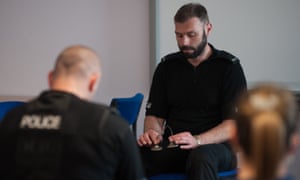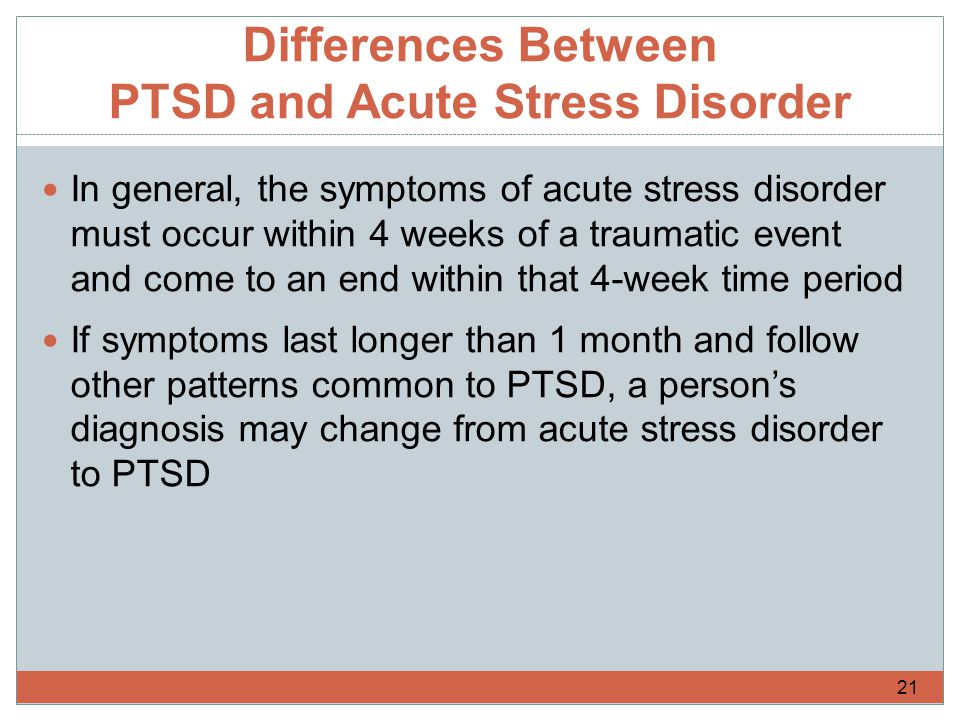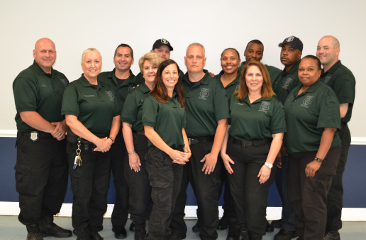You hope to never negotiate or engage a subject with anti-social personality disorder but if you do, you better know about their common traits and symptoms. Have a look at the snippet below with the link to the full article at the bottom:
Antisocial personality disorder, sometimes identified interchangeably as sociopathy or psychopathy, is defined by the Mayo Clinic as: “A mental condition in which a person consistently shows no regard for right and wrong and ignores the rights and feelings of others. People with antisocial personality disorder tend to antagonize, manipulate or treat others harshly or with callous indifference. They show no guilt or remorse for their behavior.”
3. Lack of Empathy & Cold-Heartedness
“Sociopathy is, at its very essence, ice-cold.”
— Martha Stout
Research by neuroscientist Adrian Raine reveals that people with antisocial personality disorder have fewer cells in their prefrontal cortex ― considered the most evolved region of the brain. The prefrontal cortex is responsible for, among many functions, the capacity to understand other people’s feelings (empathy), the capacity to make sound, principled judgement (ethics), and the capacity to learn from life experience (reflection).
As sociopaths/psychopaths lack empathy, ethics, and reflection, they also tend to be unfeeling and cold-hearted toward the pain and suffering they cause others. This lack of humanity has several dangerous implications:
A. It compels the sociopath/psychopath to commit trespasses with little or no moral conflict.
B. Knowing the suffering of their victims does not bring about ethical pause. Just the opposite ― it may encourage the sociopath/psychopath to do more harm (for they feel like they’re “winning”).
Read the full article [HERE].







